This article was co-authored by Joel Warsh, MD. Dr. Joel Warsh is a board certified Pediatrician and the Owner & Founder of Integrative Pediatrics and Medicine in Los Angeles, California. With over a decade of experience, Dr. Warsh specializes in holistic and integrative medicine. He holds a Bachelor’s degree in Kinesiology and Health Sciences, a Master’s degree in Epidemiology and Community Health, and a Doctor of Medicine (MD) from Thomas Jefferson Medical College, where he was elected president of the Jefferson Pediatric Society. Dr. Warsh then completed his Pediatric Residency at Children’s Hospital of Los Angeles (CHLA), where he received the George Donnell Society Research Fellow.
This article has been viewed 48,129 times.
Diaper rash (also known as nappy rash in the UK) typically happens when the extremely sensitive skin of a baby is exposed to the moisture and rubbing that occurs on the bottom of a diapered baby. There are several treatments ranging from store bought medicines to home made herbal treatments which can provide your baby some relief. Different methods work for different diaper rashes. Experiment to see what works for your baby.
Steps
Treating the Rash
-
1Keep things clean and dry as much as possible.[1] Wash off your baby's bottom with warm water. Resist the temptation to wipe the area if possible. A bulb syringe can be used to spray water to the sensitive spots. Gently remove any remaining poop with a dab of a baby wipe or wet cloth.
- If you do use a baby wipe, don't use one with any alcohol or fragrance.
- Diaper rash is a common kind of contact dermatitis where the skin gets inflamed due to prolonged contact of urine and fecal matter on the skin of the baby.[2] If not caught early it may become infected by bacteria or yeast. [3]
- Avoidance of irritants and frequent diaper changes are -- hands down -- the best preventive measures.[4]
-
2Let the baby air dry. If you must towel dry, dab gently. Don't rub! That'll just irritate the skin further. Consider the following options:
- Place a new diaper on your baby, but place it loosely (or use one that's too big).
- Keep your baby in the buff for even just a few minutes. The more time she can air out, the better.
- Consider having your baby sleep diaper free, too. You can put down a protective sheet on your baby's crib to keep from having to deal with disasters in the wee hours of the morning.
- For the record, drying the rash in open air is effective in helping clear up the diaper rash.[5]
Advertisement -
3Apply diaper cream. Various diaper creams are available without a prescription. Zinc oxide is an ingredient in many creams and can be effective alone to treat a moderate rash.[6] But petroleum ointment or petroleum jelly, non-petroleum jelly, and lanolin products work, too.
- Diaper creams can help decrease the rash and provide relief from it. Avoid bandages as this may make it worse.
- Zinc oxide, commonly known as Desitin, provides an effective barrier against skin irritants which lessen friction to irritated skin.[5] (In other words, it protects against stool and urine.)
- Skip the talcum powder; it's bad for the lungs.[7] If you must, opt for a cornstarch powder, but even that isn't great -- it can cause yeast to grow and lead to another rash.[8]
- For a natural remedy, try a product with calendula, shea butter, or coconut oil. If it gets worse, you can do a barrier cream (like a zinc oxide type cream).[9]
Parenting Smart
-
1Know why your child got diaper rash in the first place. Though general moisture was probably the culprit, there are a number of reasons your baby could have gotten the rash in the first place:[10]
- Chemical sensitivity. Try switching what diapers (or if you use cloth diapers, switching detergents), lotions, or powders. It's possible your baby's skin just doesn't handle certain products well.[11]
- New foods. If you've recently started introducing solid food -- or even just a different kind of food -- the change in diet could produce a change in stool, eliciting the rash. And if you're breastfeeding, it could be something you're eating.[12]
- Infection. If it doesn't go away, it's possible it's a bacterial or yeast infection. We'll cover that next.
- Antibiotics. If your child is on medication (or you are and you're breastfeeding), the antibiotics could be reducing the amount of good bacteria in your or your child's system, allowing the bad ones to fester, producing a rash.
-
2Know if you should see a doctor. While general diaper rash is nothing to break a sweat over, if it doesn't go away in 3-4 days, your baby may have a yeast infection. Regular diaper creams won't solve the problem, so you'll need to visit your local pharmacy for an over-the-counter mild corticosteroid cream or your pediatrician for a prescription.
- The protocol for handling a yeast diaper rash is basically the same as with regular diaper rash (provided you don't see any other symptoms other than a rash). Keep your baby as dry as possible, use an antifungal cream, and give it a few days.
-
3Prevent it from recurring. If you're following the steps above, diaper rash shouldn't be a problem. Get your baby's bottom thoroughly clean, pat it dry, and, if he seems susceptible to rash, use an ointment after every diaper change.[7] Skip the powders and secure the diaper loosely.
- Introduce new foods one at a time. Since new foods can cause problems to sprout up, it's best to know which ones you need to avoid.
- Breastfeed your child for as long as you can; the natural antibodies in breastmilk can up her defenses against infections.
- Make sure all his alternative caregivers follow the proper protocol.
- Take your child to a doctor if the rash gets progressively worse (bright red, blisters, or not clearing up).[13]
-
4If all else fails, try a home remedy. Moms and dads are the kickstarters of the home remedy, so rest assured you'd be in good company. If for some reason you can't follow the standard steps, consider one of the following ideas:
- Try spreading on a thin layer of virgin coconut oil and zinc oxide. Use it just like you would a diaper cream.
- Give your baby a sitz bath with a spoonful of baking soda. Some mothers also believe in adding some oatmeal as an inflammatory agent.
- Mix a paste together of Nystatin, Desitin, and Hydrocortisone for ultimate effectiveness.
- Always be wary of home remedies, especially when it comes to your baby's health. Talk to a doctor before you try anything.
Expert Q&A
-
QuestionWhen should I take my baby to the doctor for diaper rash?
 Jami YaegerJami Yaeger is a Parenting Specialist, Doula, and the Owner of AustinBorn, an online community offering comprehensive and modern education to growing families. With 10 years of experience, Jami specializes in whole family support for pregnancy, birth, postpartum, and parenting. Jami earned her BA in Theatre Performance from San Diego State University and earned her Certification as a Lactation Education Counselor from the University of California, San Diego. She is a Certified Infant and Child CPR Instructor, Birth and Postpartum Doula, and Childbirth Educator.
Jami YaegerJami Yaeger is a Parenting Specialist, Doula, and the Owner of AustinBorn, an online community offering comprehensive and modern education to growing families. With 10 years of experience, Jami specializes in whole family support for pregnancy, birth, postpartum, and parenting. Jami earned her BA in Theatre Performance from San Diego State University and earned her Certification as a Lactation Education Counselor from the University of California, San Diego. She is a Certified Infant and Child CPR Instructor, Birth and Postpartum Doula, and Childbirth Educator.
Parenting Specialist If you've kept the area clean and have tried changing diaper brands and food, you should contact a pediatrician to find out the next steps.
If you've kept the area clean and have tried changing diaper brands and food, you should contact a pediatrician to find out the next steps. -
QuestionWhat should I do if my baby has a bloody stool with the rash?
 Community AnswerIf your baby has a bloody stool, you should take them to see a physician. When introducing solids, sometimes foods with bright colors (carrots, for example) may change the color of stool to have orange bits or an overall orange appearance. However, this would not cause red or blood-colored stool. If you fear there is blood in the baby's bowel movements, you should definitely take the little one for a check-up.
Community AnswerIf your baby has a bloody stool, you should take them to see a physician. When introducing solids, sometimes foods with bright colors (carrots, for example) may change the color of stool to have orange bits or an overall orange appearance. However, this would not cause red or blood-colored stool. If you fear there is blood in the baby's bowel movements, you should definitely take the little one for a check-up.
Warnings
- Should you notice the condition worsening, contact a doctor.⧼thumbs_response⧽
- Only use steroid creams if prescribed by a doctor. They can create other health problems.[1]⧼thumbs_response⧽
Things You'll Need
- Vitamin E capsules
- Diaper cream
- Bulb syringe
- Hot water
- Washcloth
References
- ↑ 1.01.1http://www.mayoclinic.com/health/diaper-rash/DS00069/DSECTION=5
- ↑ Joel Warsh, MD. Board Certified Pediatrician. Expert Interview. 20 July 2021.
- ↑ http://www.medicinenet.com/diaper_rash/article.htm
- ↑ Jami Yaeger. Parenting Specialist. Expert Interview. 29 September 2020.
- ↑ 5.05.1http://www.medicinenet.com/diaper_rash/page3.htm#what_treatments_are_recommended_for_diaper_rash
- ↑ Joel Warsh, MD. Board Certified Pediatrician. Expert Interview. 20 July 2021.
- ↑ 7.07.1http://www.babycenter.com/0_diaper-rash_81.bc?page=3
- ↑ http://www.parents.com/advice/babies/health/how-can-i-treat-diaper-rash/
- ↑ Joel Warsh, MD. Board Certified Pediatrician. Expert Interview. 20 July 2021.
- ↑ http://www.babycenter.com/0_diaper-rash_81.bc?page=1
- ↑ Jami Yaeger. Parenting Specialist. Expert Interview. 29 September 2020.
- ↑ Jami Yaeger. Parenting Specialist. Expert Interview. 29 September 2020.
- ↑ Joel Warsh, MD. Board Certified Pediatrician. Expert Interview. 20 July 2021.
About This Article
To treat a diaper rash, wash your baby’s bottom with warm water, but avoid wiping the area since this can make the skin more inflamed. If you have to use baby wipes, get ones that are alcohol and scent free since they will be more gentle on your baby’s skin. Once you clean your baby’s bottom, allow it to air dry as long as possible to help clear up the diaper rash. Or, it you’re pressed for time, dab rather than rub your baby’s bottom dry to avoid irritating its skin even more. You can also apply a diaper cream with zinc oxide or petroleum jelly to create a barrier between your baby’s skin and their urine. To learn how to prevent diaper rashes in the future, keep reading!
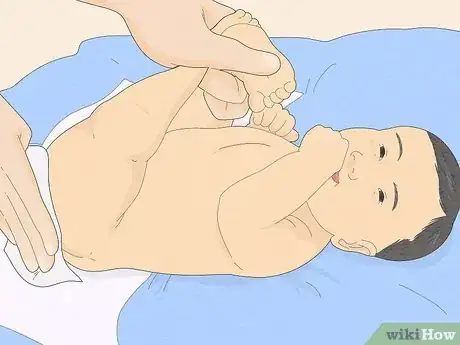


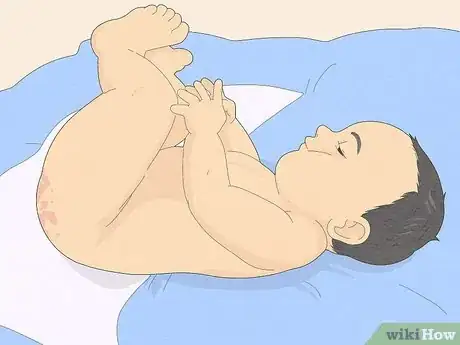
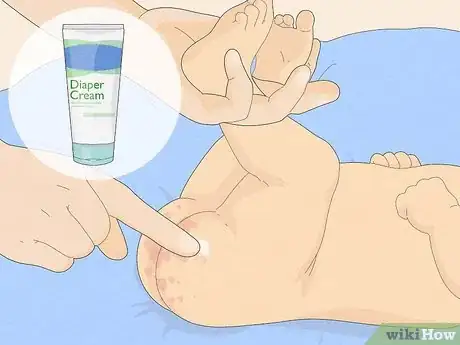
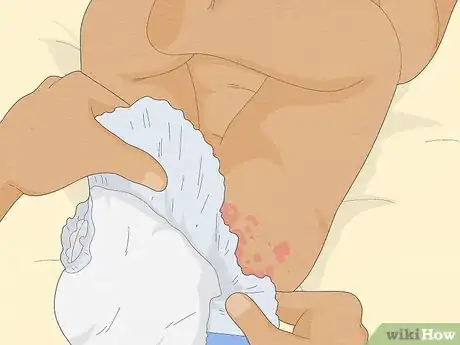
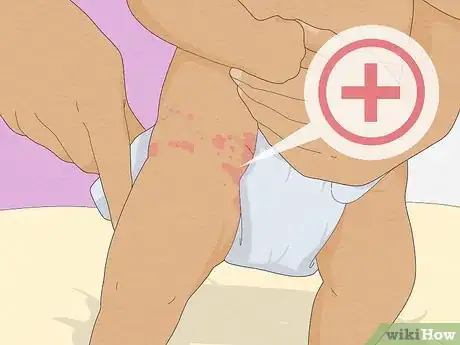
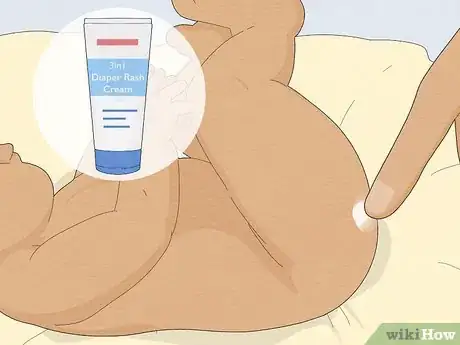
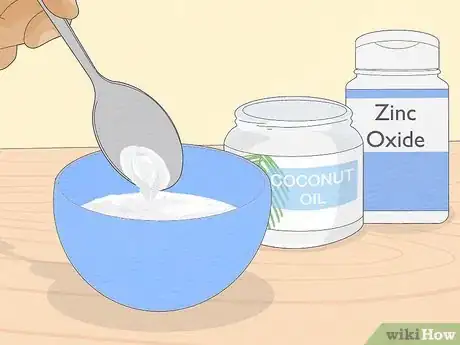
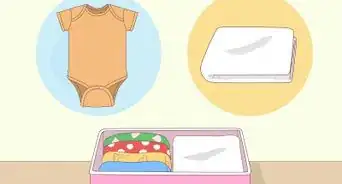


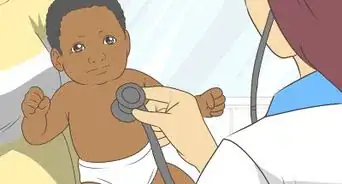
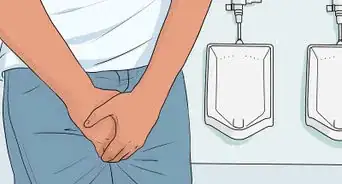
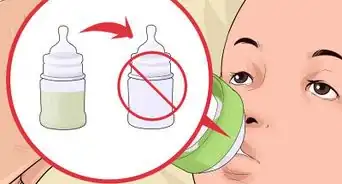
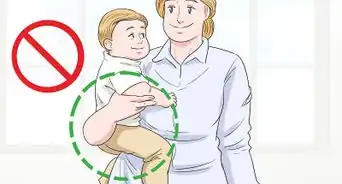


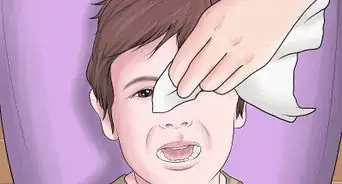

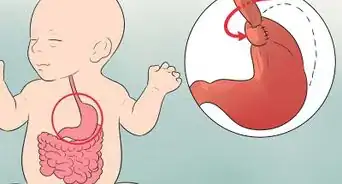
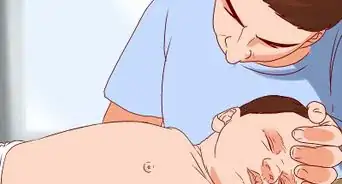
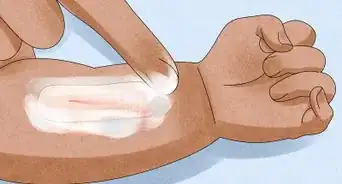






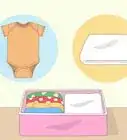


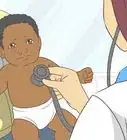



































Medical Disclaimer
The content of this article is not intended to be a substitute for professional medical advice, examination, diagnosis, or treatment. You should always contact your doctor or other qualified healthcare professional before starting, changing, or stopping any kind of health treatment.
Read More...